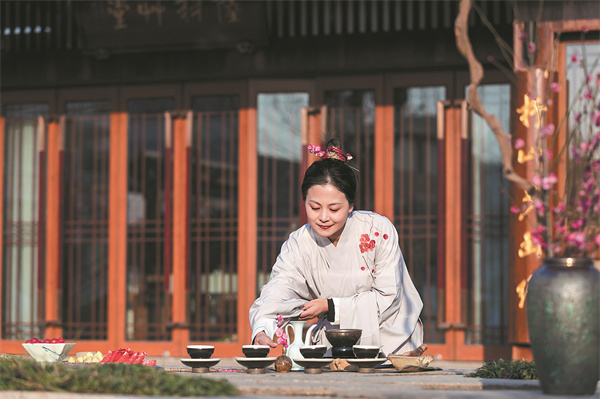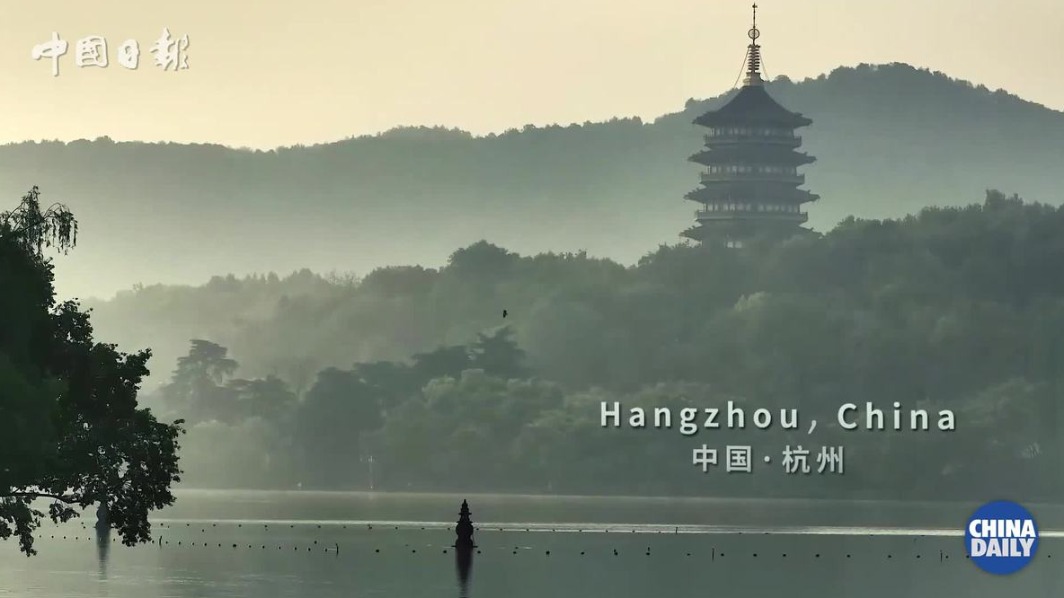a philosophical approach
editor's note: there are 43 items inscribed on unesco's intangible cultural heritage lists that not only bear witness to the past glories of chinese civilization, but also continue to shine today. china daily looks at the protection and inheritance of some of these cultural legacies. in this installment, we retrace the footprints of the "tea saint" to discover the origins, and understand the evolution, of chinese tea culture.
tea rituals are held to commemorate lu yu, revered as the "tea saint", in miaoxi town, huzhou, zhejiang province. [photo provided to china daily]
in his 20s, lu yu, revered as the "tea saint", traversed the expanse of china, particularly the huaihe river basin and the lower reaches of the yangtze river, researching all there is to know about tea.
eventually, he completed the classic of tea, the first compendium of the drink in china, outlining the knowledge he garnered, from the explanation of tea, its tools and vessels, to its production, brewing and customs.
some might say that taste is subjective, but lu decided on a set of criteria for the most superior variety of tea — those resembling bamboo shoots and having a purple hue.
this type of tea was, not surprisingly, named zisun tea, literally meaning "purple bamboo shoot", and produced as a tribute exclusive to the emperors. it is said that lu was the one who recommended it to the imperial court of the tang dynasty (618-907).
china's first imperial tea factory was then established to produce the zisun tea, located in changxing county, zhejiang province's huzhou, the city being deemed by lu as the best tea-producing area in what is today's northern zhejiang and southern jiangsu province.
on its original site — guzhu hill in changxing — the tang dynasty imperial tea factory has now been rebuilt, and is where contemporary tea masters are working to preserve and refine the ancient zisun tea production techniques.
-
'nice' to meet you, hangzhou
may 6, 2024


